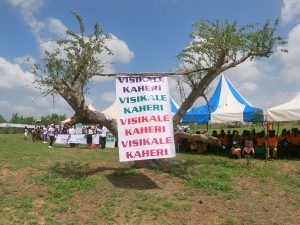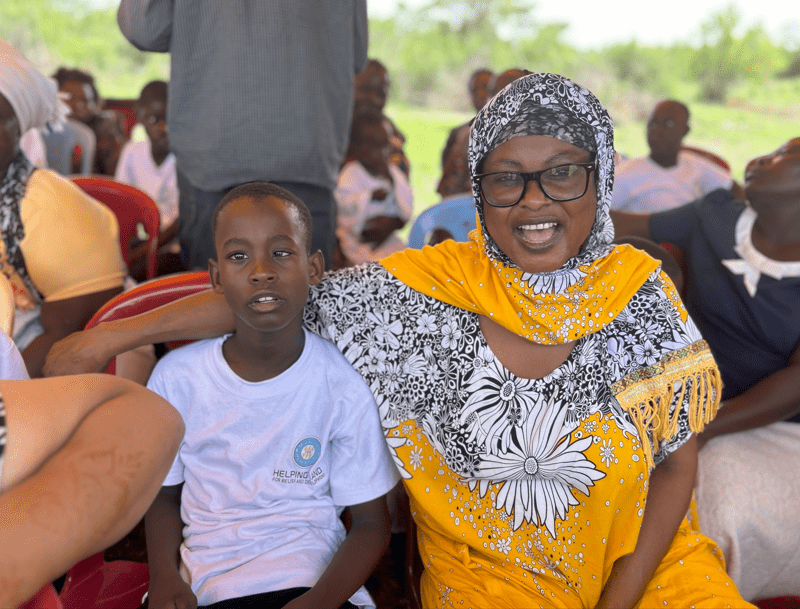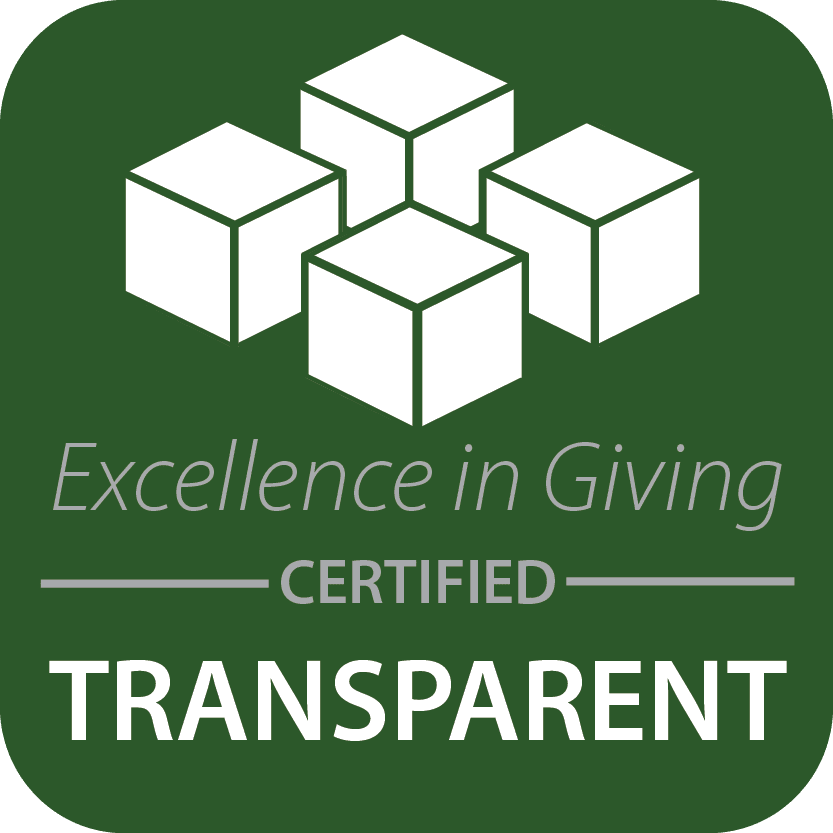Turning Tragedy into Testimony: A Memorial for Kenya’s Lost Children
Posted on August 4, 2025
Beliefs, Child, disability, education, Health, International, marginalized, stigma, vulnerable
In Kilifi, Kenya, there is a patch of land where healing is beginning to take root—a site once marked by silence and sorrow is now becoming a place of remembrance, transformation, and hope.

The site of the “Visikale Kaheri” memorial gathering
For generations, children born with disabilities in this region were viewed not as blessings but as burdens—evidence of curses, witchcraft, or divine judgment. Some families, guided by fear and harmful traditions, were counseled to drown these children in a nearby river to remove the supposed curse from their homes. The river itself came to be known by a haunting name: “the place of the crippled.” These children were never named. Their stories were erased. Their worth denied.
But today, the very ground that once bore the weight of this suffering is becoming a sacred space of redemption and renewal.
On December 3, 2024—UN World Disability Day—Kupenda, together with the Kilifi County Government and local faith and community leaders, hosted a landmark gathering on the site. The event featured advocacy talks, cultural performances, and celebrations of the God-given dignity of people with disabilities. In a powerful act of communal repentance and hope, the community committed to renaming the river and surrounding site “Visikale Kaheri”—which means “Never Again” in Swahili.
Plans are now underway to establish Kenya’s first disability memorial and museum on this land. For the first time, the children who were lost here will be remembered—not hidden. Drawing on local Kenyan customs, symbolic names will be given to these children and engraved as part of the memorial’s design—restoring identity, honor, and visibility to lives once cast aside.

Participants at the “Visikale Kaheri” memorial gathering
Located on the road to a popular safari park, the site will serve not only as a place of mourning and reflection but also as a disability advocacy center and income-generating destination, inviting both tourists and locals to engage in a story of healing, inclusion, and justice.
While fundraising and design work are still ongoing, the government’s purchase of the land signals deep local ownership and a growing commitment to protecting and uplifting people with disabilities. This movement is not a result of external pressure, but rather the fruit of years of community sensitization, church engagement, and family counseling—led by Kupenda and hundreds of trained community disability advocates who live and work in the region.
This is holistic healing in action. Not just physical or financial—but spiritual, emotional, and communal. Where there was once silence, there is now testimony. Where there was shame, now there is sacred purpose. And where there were unmarked graves, there will soon stand a monument declaring that every life has value, because every person is made in the image of God.
Want to keep updated on Kupenda’s work?
Follow us on Facebook, Instagram, LinkedIn, YouTube, and X.
Learn more about Kupenda in our podcast.
Sign up for our newsletter.
Or provide a child scholarship for just $35 / month.




Leave a Reply